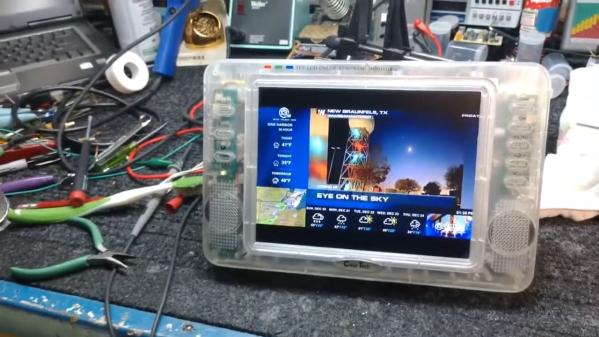American prisons are strict about television use. Typically they’re only to be used with headphones, and their enclosures need to be transparent so they can’t be used to smuggle goods. ClearTech makes TVs that meet these specifications, and when [Steve Pietras] got his hands on just such a unit, he set about modding it for use in the free world.
Getting into the TV isn’t easy; ClearTech built the units using special security fasteners unlike any we’ve seen before. [Steve] found a way to deal with these, though declines to share his technique in his video. Once inside though, his task is relatively straightforward. He steps through where to install speakers in the TV’s housing, and how to hook them up to the right spots on the main circuit board. With the case closed back up, [Steve] is able to use the TV without headphones, and without the threat of getting shanked by a fellow inmate who really doesn’t want to hear Jeopardy while they’re trying to read.
It’s not every day we get to look at a piece of obscure hardware like this. We’d never seen a prison TV before, and now we feel like experts on the topic. Of course, we’re no strangers to esoterica at Hackaday.


















